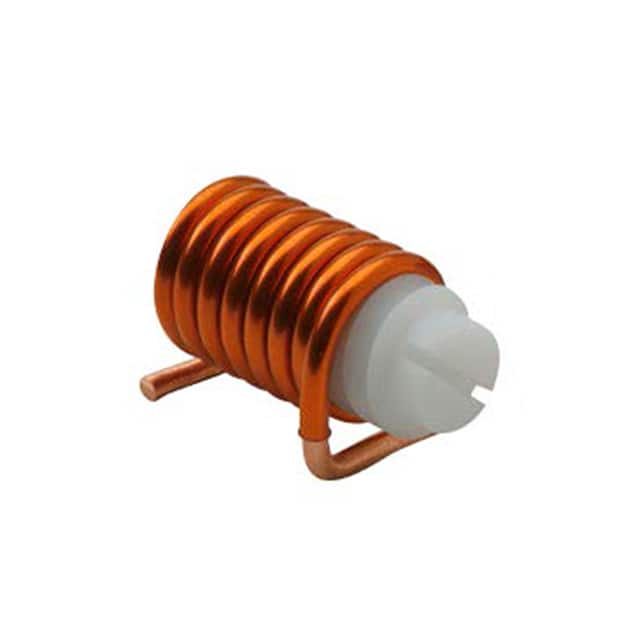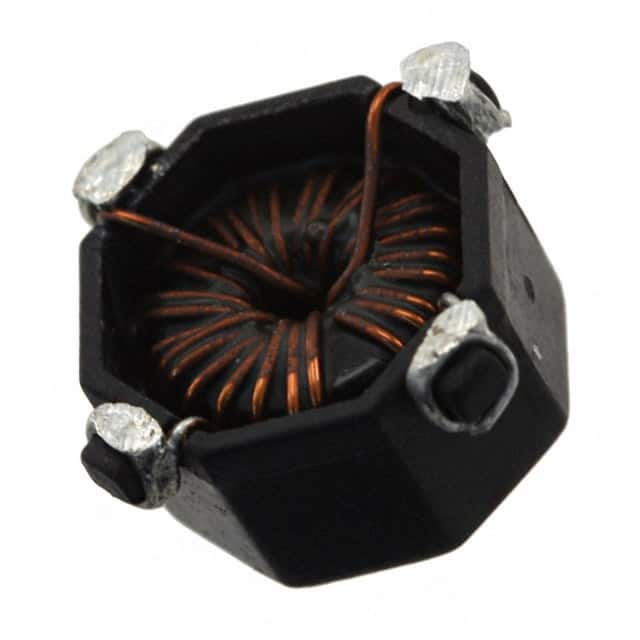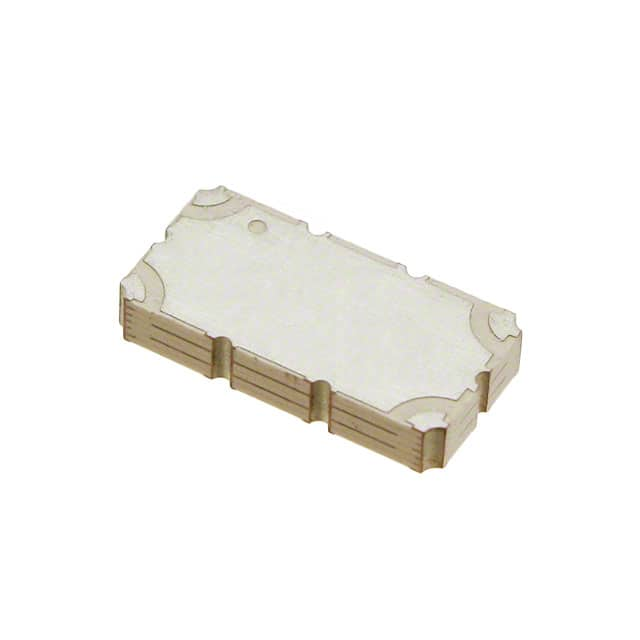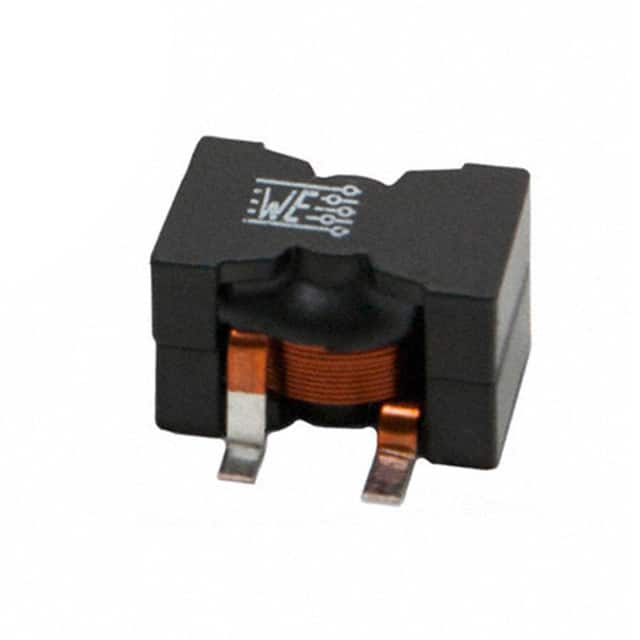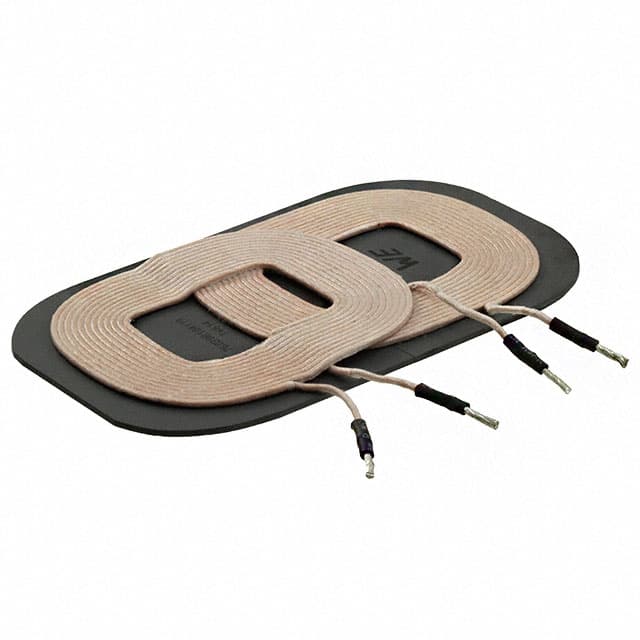Definition of inductor, coil and choke
An inductor is a sensor used to measure inductance or detect changes in current, usually by sensing changes in a magnetic field or inductance.
A coil is a circuit element composed of wires or windings wound into a circle, oval or other shape. It is usually used to generate or induce magnetic fields, voltage transformation, filtering and other electromagnetic applications.
A choke is an inductor, usually consisting of a coil or winding, used to control or limit the flow of current to maintain circuit stability and safety.
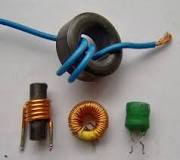
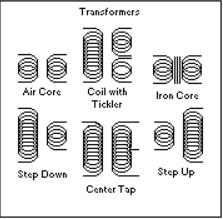
Why are inductors needed in circuits?
Inductors are needed in circuits to measure, monitor, control, ensure safety, save energy and achieve automation. Inductors provide the necessary data to monitor the environment and automatically adjust circuit behavior.
Is the inductor AC or DC?
Inductors can be used in either alternating current (AC) or direct current (DC) circuits, depending on their design and purpose. Some inductors are designed specifically for measuring or sensing AC current, such as AC inductors (also called transformers).
Meanwhile, some inductors such as Hall effect sensors are primarily used to measure DC current. Therefore, inductor selection and application will vary depending on the type of current that needs to be measured.
How Inductors Work in Circuits
An inductor is an electronic component through which we can detect changes in electrical current or other physical quantities. Its working principle is based on the fact that a magnetic field is generated when current passes through a coil, and an inductor can induce changes in current or generate electrical signals.
We can use this signal to measure or sense different things like voltage or displacement. Inductors are used in many electronic devices and systems to monitor and control various parameters.
How coils work
A coil is a component made of wire wound in a loop and is commonly used to generate and induce electromagnetic fields. When an electric current passes through a coil, it creates a magnetic field, and when a changing magnetic field passes through the coil, an electromotive force, or current, is induced.
Specifically, when current passes through a coil, a magnetic field is formed according to Ampere's loop theorem, and according to Faraday's law of electromagnetic induction, when the strength of the magnetic field changes in the coil, an electromotive force is induced.
This principle is used in a wide variety of applications, including sensors, inductive components, electromagnetic induction devices, etc. How a coil works depends on its purpose, but the core principle is based on the interaction between electric current and magnetic fields.
How a choke coil works
When the choke coil operates, it generates resistance to the alternating current through the inductance. This counteraction is caused by the magnetic field inside the choke coil, which restricts the flow of AC current. This is why choke coils are often used in power circuits, as they help limit the amount of current in the circuit.
Additionally, choke coils help reduce noise and interference in electronic systems because the inductance helps filter out unwanted signals.
There are 4 types of inductors
Depending on the type of material used, inductors can be divided into the following categories:
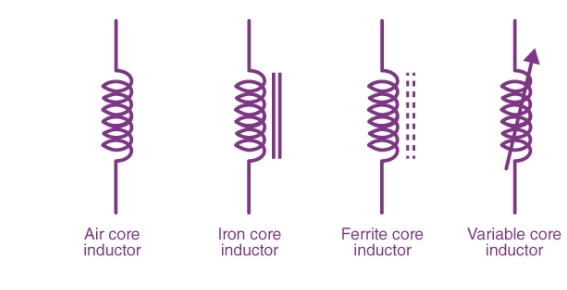
Iron core inductor
An iron core inductor is an inductor that usually consists of a coil wound around an iron core. The presence of the iron core increases the inductor's sensing capabilities. When current passes through the coil, the core concentrates the magnetic field, thus increasing the inductive effect.
Iron core inductors are commonly used in a variety of electronic circuits to limit current, filter, reduce noise, and perform signal conversion and voltage transformation functions.
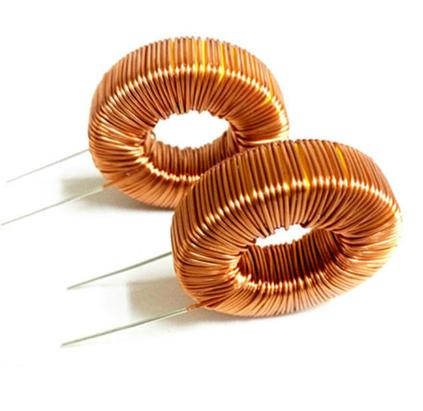
Air core inductor
An air-core inductor is an inductor with a hollow coil structure, usually including a hollow ring or cylindrical core. This design allows the inductor to produce an inductive effect at specific frequencies while reducing response at other frequencies.
Air-core inductors are often used in specific frequency-selective applications such as tuned circuits, filtering, and antenna design. By adjusting the size and geometry of the air-core inductor, selective response to different frequencies can be achieved. They play an important role in communications, RF circuits, and radio applications.
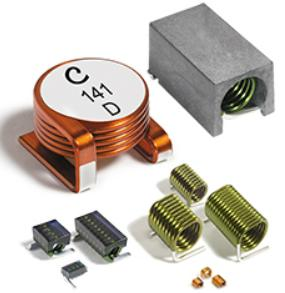
Ferrite core inductor
A ferrite core inductor is an inductor with a coil surrounding a ferrite core. Ferrite is a special magnetic material that, when placed in an inductor, enhances the inductive effect.
This type of inductor is commonly used in radio frequency (radio frequency) circuits, where they can be used as an inductive element while having a magnetic enhancement effect that can help with tuning the circuit or filtering. Ferrite core inductors are common in wireless communications, RF tuners, and other high-frequency applications.
Variable core inductor
A variable core inductor is an inductor whose inductance value can be adjusted by adjusting the position of the core in the inductor coil. By moving or rotating the magnetic core, the induced inductance in the coil can be changed. This type of inductor is commonly used in tuning circuits, especially in radios and communications equipment, to adjust the frequency or to help select a desired signal.
Variable core inductors have a wide range of applications, including tuned radios, magnetic antennas, communications equipment, and radio equipment. By adjusting the position of the magnetic core, the inductor can be adapted to signals of different frequencies, which is very useful in the fields of wireless communications and broadcasting.
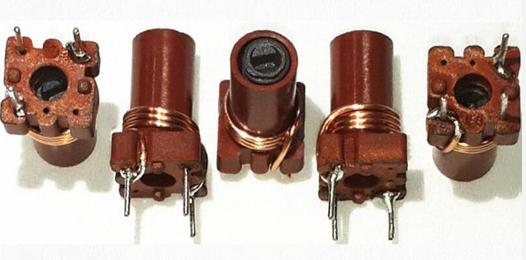
Where are coils used?
The main purpose of an electric coil is to achieve inductance. An inductor is an electronic component whose main function is to resist changes in electrical current, thereby stabilizing the current in a circuit.
When electric current passes through an electric coil, it creates a magnetic field that resists sudden changes in electric current. Therefore, electrical coils are used in several applications in circuits to stop sudden rises or falls in current, thus maintaining the stability of the current.
Electric coils are commonly used in electrical engineering, devices such as power converters, inductors, electric motors, generators, electromagnets, transformers and sensor coils. In some applications, electrical coils are used in combination with capacitors to achieve resonance phenomena at specific frequencies, which is important for applications such as wireless communications and oscillating circuits.
How do coils work?
When an electric current flows through an electrical conductor, such as a coil, it creates a magnetic field around the coil.A magnetic field (or, more accurately, magnetic flux) is actually a store of energy that can then be converted back into electrical energy
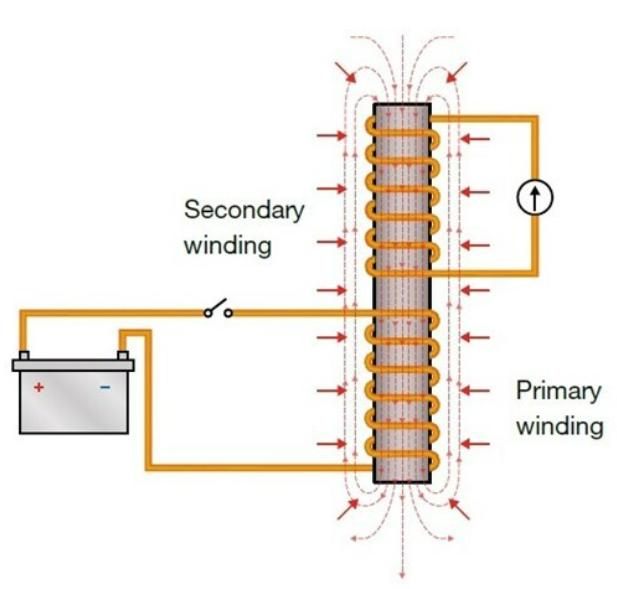
What is a choke?
In electronics, a choke is an inductor used to block high-frequency alternating current (AC) while passing direct current (DC) and low-frequency alternating current (AC) in a circuit. Chokes usually consist of an insulated coil of wire usually wound around a magnetic core, although some chokes consist of donut-shaped "beads" of ferrite material strung on a wire.
A choke is an electronic component used to limit sharp changes in current, reduce current surges in the circuit, and prevent damage to other components. Commonly used in DC power supplies and electronic switching circuits.
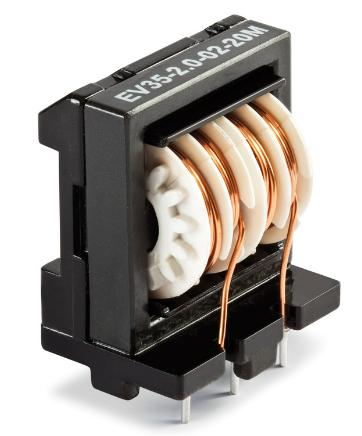

 My Cart
My Cart
